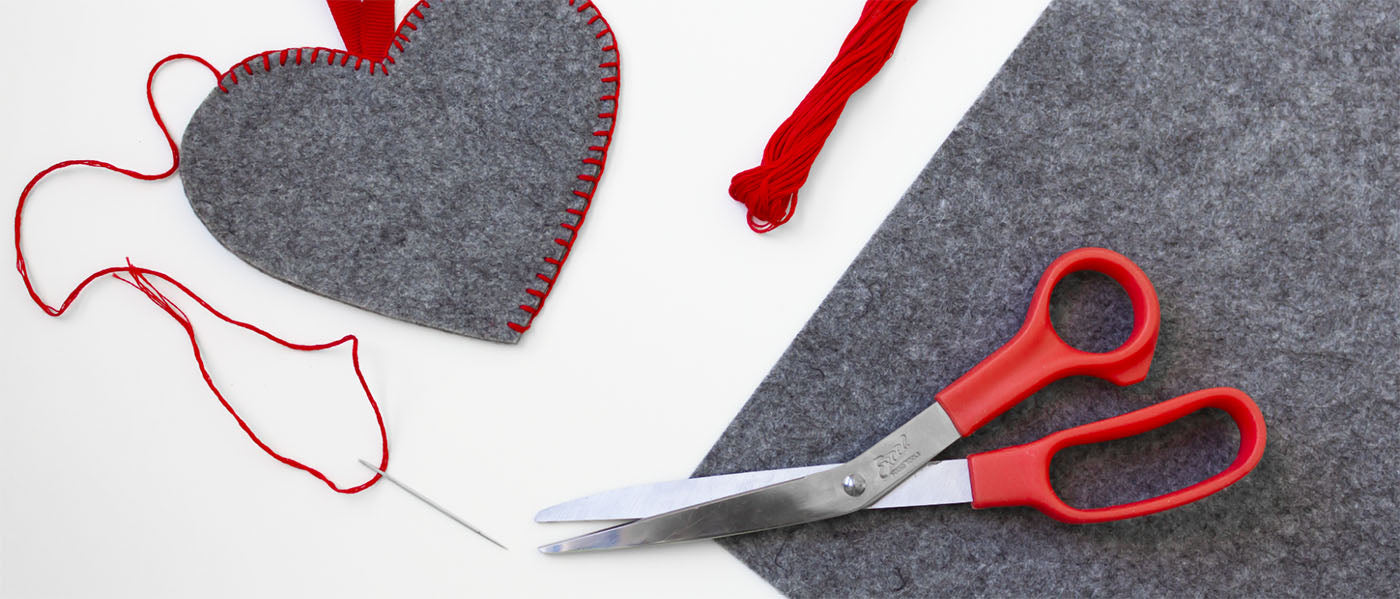
Tools for Sewing and Their Uses
Sewing as a hobby can be fun and fulfilling. If you’re just starting out, there are a few tools you should know about. Below are the basic and essential tools to get you in the know.
Sewing Needles: There are two general types, hand sewing needles and machine sewing needles. The hand-sewing needle has a sharp point on one end and an “eye” to pull the thread through on the other. Whereas a sewing machine needle has a sharp point and an “eye” on one end and a barrel-shaped tip on the other. This is due to the way a sewing machine needle is installed in the moving arm of the machine.
When threading a sewing machine needle, it’s helpful to use slant point tweezers to accurately push and pull the thread through the needle’s eye.
Fun Fact: these tools have a long history; the oldest sewing needle found is said to be 50,000 years old!
Pins: Pins have a sharp point on one end and a decorative ball or tip on the other. Pins are used to hold paper patterns to the fabric when cutting out a garment pattern, to hold the fabric in place on the fashion form when draping and holding fabric pieces together when sewing. These are the little helpers and a great way to store pins is in a pin cushion.
Taylor’s Tape: Taylor’s Tape is also known as Seamstress Tape or Soft Measuring Tape and is used to measure 3-dimensionally, like waist circumference. If you plan on sewing garments, this is the tool for you!
Measuring Ruler: Measuring rulers are rigid measuring tools. These handy tools vary in length and type. Some are plastic and see-through and others are metal and feature a finger groove for safer cutting.
Browse Various Measuring Rulers
Scissors: A good rule is to have separate scissors for fabric and for paper. This is due to the way the fibers in paper and cloth vary. Using the same pair of scissors for both can quickly dull the cutting edge of the scissors. Label each as a paper scissor or a fabric scissor to avoid switching them around.
For trimming short thread ends, use a small scissor with a short cutting edge for better accuracy.

Rotary Cutters: This is a great cutting tool, especially for cutting out large patterns or cutting fabric for quilting projects. The blade is a disk, which allows for a continuous cut.
To cut quilting squares, align the fabric on the cutting mat grid, then place a ruler on top of the fabric where the cut is to be made. Double-check everything twice, then cut.
Punce Wheels: Punce wheels, alternatively known as tracing wheels, are tools that are used to transfer outlines onto materials like canvases and leather. They are also used with tracing paper to transfer patterns onto fabric.
Hobby Knife: Artists and creators love a good hobby knife with a sharp blade. Use it to cut out details from leather or vinyl for appliques.
When arranging appliques, especially the small elements, use a stainless steel tweezer for more precise placement.
Cutting Mat: To protect your workspace from tool marks, invest in a large cutting mat to work on. The grid pattern on the mat can be used to measure and cut fabric, especially for quilts.